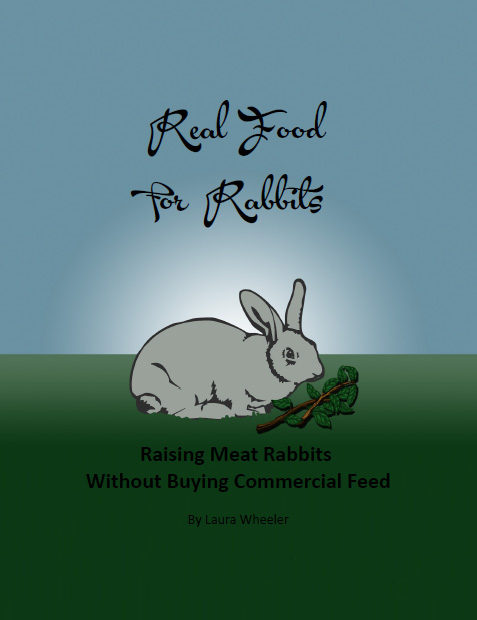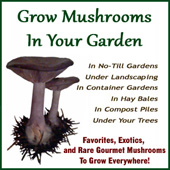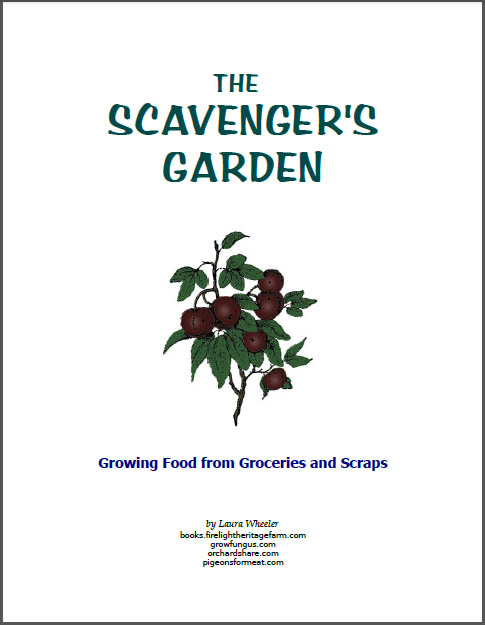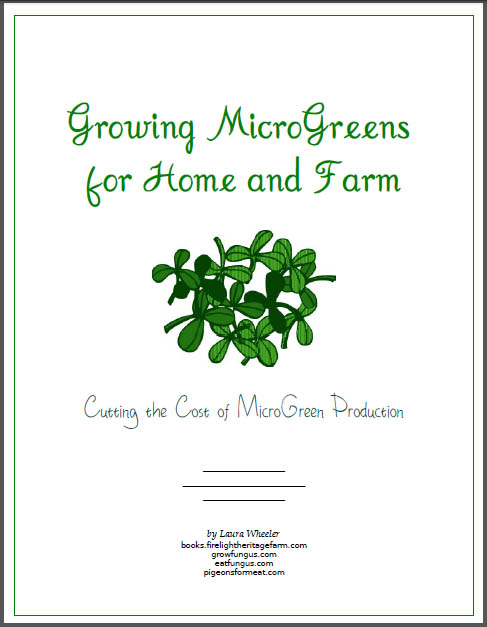 Click to Download Your Free Heritage Pickling and Culturing e-Book Now!
Click to Download Your Free Heritage Pickling and Culturing e-Book Now!
Instant Download, NO Registration Required!
Animal Land Load Guidelines for Self-Sufficiency (Sustainability)
How many animals can I put on my land and not have to buy feed? This sounds like a pretty simple thing, but it is fairly complex, and involves a range of variables that have to be taken into account.
The short answer is this:

The long answer is that it depends on many factors, which include the breeds of the animals (primarily whether they are large or small breeds), the condition of the land, the amount of attention you want to give the land, and how you stack the animals (which animals are penned together).
Let's start with a more complicated version of that chart above, which includes a few more animals, and which includes some additional information.
| Acres | Animal | Category | Quantity |
| 1 | Chicken | A | 200 |
| 1 | Duck | A | 100 |
| 1 | Goose | B | 60 |
| 1 | Turkey | A | 20 |
| 1 | Lg. Hog | ABC | 2 |
| 1 | Goat | B | 4 |
| 1 | Sheep | B | 4 |
| 10 | Cow | C | 2 |
| 10 | Horse | C | 2 |
So, what all this means, is that with land that has not been improved, but which started out having a good amount of wild forage, these are the numbers of standard sized animals you can raise on the listed acreage, without over-stressing the land.
But... it also means you mix and match when you have more than one kind of animal. Since goats and sheep have the same quantity limit, you can have 4 goats, or 4 sheep, OR two of each in the same acreage. Same with other animals, a percentage of one offsets a percentage of another animal.
The Category lists the kind of stress the animal puts on the land. You can COMBINE animals from more than one category, and you don't have to fully exchange. For example, if you combine an A and a B, you do not have to compensate for half and half, you can do 60-75% of each instead of 50% of each. This is because they overlap SOME on the kinds of forage and land stress, but not completely, so by combining different categories, you can gain more use of the land. Pigs count in all three categories, because they fully occupy any land they are on.
Keep in mind:
- If you have poor land, decrease the numbers by half.
- If you raise miniature breeds, you can double the number of animals, sometimes more (up to 4 times with Bantam chickens).
- You will need to maintain the forage on the land. Sometimes you will need to plant, sometimes you will need to protect an area while a plant type is coming up, and you may need to put screening around trees to keep goats or pigs from eating the bark.
- Your house space does not count in your acreage. If you have a home on 1 acre, then you are going to have to subtract the area you are not using specifically for the animals.
- Land area may include land used to raise crops for the animals. You may put the animals on half the land and raise crops on the other half. All of it counts.
- If you haul in feed, you can increase your animal loads on the land. If you want to buy half the feed, you can double the numbers of animals. If you do, they will stress the land more, their feet will destroy more habitat, and you may find that you have to purchase 60-70% of the feed in order to compensate for the trampling of forage. It depends on what crops you have on their forage land, and how densely stocked the land actually is.
- Planting aggressive growers (things like comfrey, wild blackberry, etc) which tend to take over when not grazed, can increase your forage potentials - but if you stop grazing animals there, they may be difficult to control without heavy grazing. Forage animals are a great way to control aggressive trees which propagate by seed or sucker, such as alders, willows, plum trees, apple trees, etc. The presence of aggressive growers which are also good forage can slightly increase your land loads.
- If you are in an area that gets a lot of rain, where plants grow really fast, you may also be able to increase stocking densities.
- Watch the land - if it is trampled and you start to lose forage, then you need to back off. If it ends up overgrown in the corners, then you can add animals.
And that last thing really is the determining factor. The guidelines listed are a place to start. If your forage grows faster than it can be consumed, you may add animals. If your land starts showing stress and getting down to dirt and mud, then back off a bit, rotate pastures, etc.
Calculations are based on published information regarding several animal species, with estimates extrapolated for those animals for which we could not locate recommended stocking densities.








